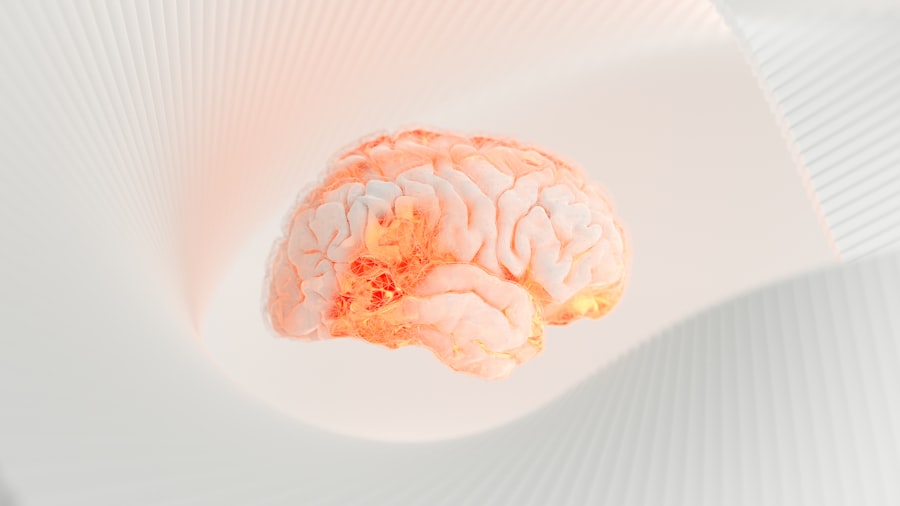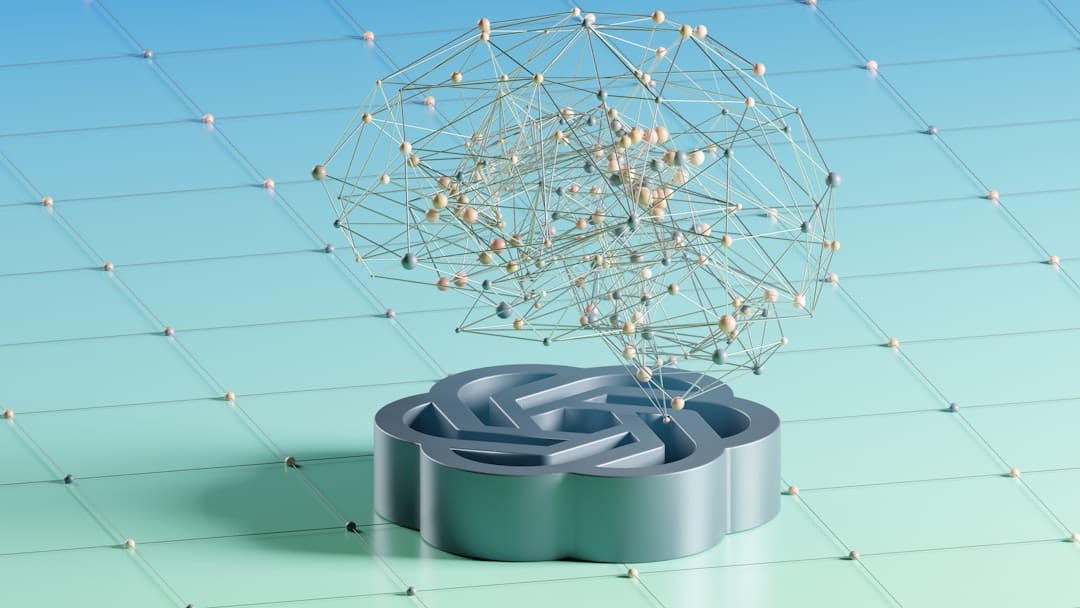Adobe Sensei is a powerful artificial intelligence and machine learning framework that underpins many of Adobe’s creative and marketing applications. Launched to enhance the user experience across Adobe’s suite of products, Sensei leverages vast amounts of data to provide intelligent features that streamline workflows and improve creative processes. By integrating AI capabilities into tools like Photoshop, Illustrator, and Adobe Experience Cloud, Sensei enables users to harness the power of machine learning without needing extensive technical expertise.
At its core, Adobe Sensei is designed to understand and interpret user behavior, preferences, and content. It analyzes patterns in data to deliver insights that can significantly enhance the creative process. For instance, in Photoshop, Sensei can automatically select subjects in images with remarkable accuracy, allowing users to focus on their artistic vision rather than tedious manual tasks.
This capability not only saves time but also opens up new avenues for creativity, as users can experiment with their designs more freely.
Key Takeaways
- Adobe Sensei is a powerful AI and machine learning platform that helps businesses make sense of data and improve user experiences.
- AI can be leveraged to personalize content and experiences for users, leading to higher engagement and satisfaction.
- Adobe Sensei enhances creativity by automating repetitive tasks and providing intelligent insights for better decision-making.
- Customizing user experiences with Adobe Sensei allows businesses to deliver personalized content and recommendations to their audience.
- Harnessing data with Adobe Sensei enables businesses to create personalized experiences and make data-driven decisions for better results.
Leveraging AI for Personalization:
Personalization has become a cornerstone of modern digital experiences, and Adobe Sensei plays a pivotal role in this transformation. By utilizing AI algorithms, Adobe Sensei can analyze user interactions and preferences to deliver tailored content that resonates with individual users. This level of personalization is particularly evident in Adobe Experience Cloud, where marketers can create highly targeted campaigns based on user behavior and demographics.
The ability to leverage AI for personalization extends beyond marketing; it also enhances user engagement across various platforms. For example, in Adobe’s Creative Cloud applications, Sensei can suggest design elements or templates based on a user’s previous projects and preferences. This not only accelerates the design process but also ensures that the final output aligns closely with the user’s unique style and vision.
As a result, users can create more meaningful connections with their audience through personalized content that speaks directly to their interests.
Enhancing Creativity with Adobe Sensei:

Adobe Sensei is not just about efficiency; it also serves as a catalyst for creativity. By automating repetitive tasks and providing intelligent suggestions, Sensei allows users to focus on the more imaginative aspects of their work. For instance, in video editing software like Adobe Premiere Pro, Sensei can analyze footage and automatically generate rough cuts or highlight reels, freeing editors to concentrate on storytelling and artistic direction.
Moreover, Sensei’s capabilities extend to image recognition and enhancement. In Lightroom, for example, it can intelligently tag photos based on their content, making it easier for photographers to organize and retrieve their work. Additionally, features like automatic color correction and noise reduction help elevate the quality of images without requiring extensive manual adjustments.
This blend of automation and creativity empowers users to push the boundaries of their artistic expression while maintaining high standards of quality.
Customizing User Experiences:
| Metrics | Data |
|---|---|
| Conversion Rate | 25% |
| Engagement Rate | 60% |
| Retention Rate | 80% |
The customization of user experiences is another area where Adobe Sensei shines. By analyzing user data and behavior patterns, Sensei can adapt interfaces and functionalities to better suit individual needs.
For instance, in Adobe XD, which is designed for user experience design, Sensei can suggest layout adjustments based on user interactions with prototypes. This real-time feedback allows designers to iterate quickly and refine their projects based on actual user behavior rather than assumptions. Such adaptability not only enhances the design process but also results in products that are more aligned with user expectations and preferences.
Harnessing Data for Personalization:
Data is the lifeblood of personalization, and Adobe Sensei excels at harnessing it effectively. By collecting and analyzing vast amounts of data from various sources—such as user interactions, social media trends, and market research—Sensei can provide actionable insights that inform creative decisions. This data-driven approach enables businesses to craft personalized experiences that resonate with their target audience.
In practice, this means that marketers can create campaigns that are not only visually appealing but also strategically aligned with consumer behavior. For example, by understanding which types of content perform best among specific demographics, marketers can tailor their messaging to maximize engagement. Similarly, designers can use data insights to inform their creative choices, ensuring that their work is relevant and impactful in a crowded marketplace.
Improving Workflow Efficiency:

One of the most significant advantages of integrating AI into creative processes is the improvement in workflow efficiency. Adobe Sensei automates mundane tasks that often consume valuable time, allowing users to focus on higher-level creative thinking. For instance, in graphic design applications like Illustrator, Sensei can automate repetitive tasks such as resizing or aligning objects, enabling designers to complete projects more quickly.
Additionally, the integration of AI-driven features helps reduce the learning curve for new users. With intelligent tutorials and context-sensitive help powered by Sensei, users can quickly grasp complex functionalities without feeling overwhelmed. This not only enhances productivity but also fosters a more inclusive environment where individuals of varying skill levels can thrive creatively.
Empowering Creativity with AI:
The empowerment of creativity through AI is perhaps one of the most exciting aspects of Adobe Sensei. By providing tools that enhance artistic expression rather than stifle it, Sensei encourages users to explore new ideas and push their creative boundaries. For example, features like content-aware fill in Photoshop allow artists to manipulate images in ways that were previously time-consuming or technically challenging.
Moreover, the collaborative potential of AI cannot be overlooked. With tools like Adobe Fresco and its live brushes powered by Sensei, artists can experiment with different styles and techniques in real-time while collaborating with others. This fosters a dynamic creative environment where ideas can flow freely, leading to innovative outcomes that might not have been possible without AI assistance.
The Future of Personalization with Adobe Sensei:
As we look ahead, the future of personalization with Adobe Sensei appears promising. With advancements in machine learning and data analytics, we can expect even more sophisticated personalization capabilities that will further enhance user experiences across Adobe’s platforms. The ongoing development of AI technologies will likely lead to more intuitive interfaces that adapt seamlessly to individual preferences.
Furthermore, as businesses increasingly recognize the importance of personalized experiences in driving customer engagement and loyalty, Adobe Sensei will play a crucial role in shaping marketing strategies. By continuing to refine its algorithms and expand its capabilities, Adobe is poised to remain at the forefront of AI-driven personalization in the creative industry. The potential for innovation is vast, and as technology evolves, so too will the ways in which we create and connect through digital content.
In conclusion, Adobe Sensei represents a significant leap forward in the integration of AI within creative processes. By enhancing personalization, improving workflow efficiency, and empowering creativity, it has transformed how users interact with Adobe’s suite of applications. As we continue to explore the possibilities offered by AI technology, one thing is clear: the future of creativity is bright with Adobe Sensei leading the way.
Wenn Sie sich für die fortschrittlichen Funktionen von Adobe Sensei interessieren, insbesondere im Bereich der Bilderkennung und Content-Analyse, könnte der Artikel it/metaverse-and-industries-entertainment-and-media-in-the-metaverse/’>„Entertainment and Media in the Metaverse“ von Metaversum.
it besonders aufschlussreich sein. Dieser Artikel beleuchtet, wie Technologien im Metaverse die Unterhaltungs- und Medienindustrien revolutionieren, was eng mit den Anwendungen von Adobe Sensei in der kreativen Prozessautomatisierung und Personalisierung zusammenhängt. Die dort diskutierten Innovationen bieten einen spannenden Einblick, wie zukünftige Entwicklungen in der digitalen Content-Erstellung und -Analyse aussehen könnten.
FAQs
What is Adobe Sensei?
Adobe Sensei is a set of artificial intelligence and machine learning technologies integrated into various Adobe products and services. It enables features such as image recognition, creative process automation, personalization, content analysis, and customer segmentation.
What are the key features of Adobe Sensei?
The key features of Adobe Sensei include image recognition, which allows for automatic tagging and organization of images; creative process automation, which streamlines repetitive tasks in design and content creation; personalization, which enables the delivery of tailored content and experiences; content analysis, which provides insights into content performance and audience engagement; and customer segmentation, which helps in identifying and targeting specific customer groups.
How does Adobe Sensei use image recognition?
Adobe Sensei uses image recognition to automatically tag and organize images based on their content. This allows users to quickly search and find specific images within their libraries, saving time and effort in managing visual assets.
How does Adobe Sensei enable creative process automation?
Adobe Sensei enables creative process automation by automating repetitive tasks in design and content creation, such as image cropping, color adjustments, and layout suggestions. This helps designers and content creators focus on more strategic and creative aspects of their work.
How does Adobe Sensei support personalization?
Adobe Sensei supports personalization by analyzing user data and behavior to deliver tailored content and experiences. This can include personalized recommendations, targeted marketing campaigns, and dynamic content delivery based on individual preferences.
How does Adobe Sensei utilize content analysis?
Adobe Sensei utilizes content analysis to provide insights into content performance and audience engagement. It can analyze factors such as image composition, text sentiment, and user interactions to help marketers and content creators optimize their strategies.
How does Adobe Sensei facilitate customer segmentation?
Adobe Sensei facilitates customer segmentation by analyzing customer data and behavior to identify specific customer groups with similar characteristics or preferences. This enables marketers to target and personalize their messaging for different segments of their audience.











Leave a Reply